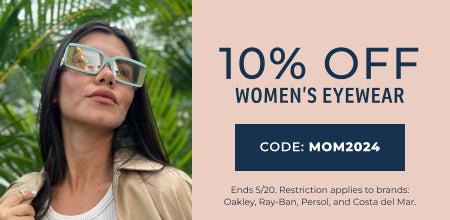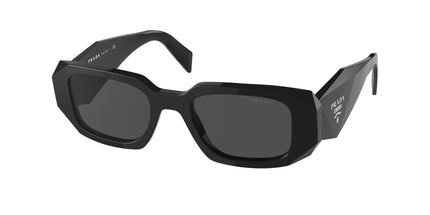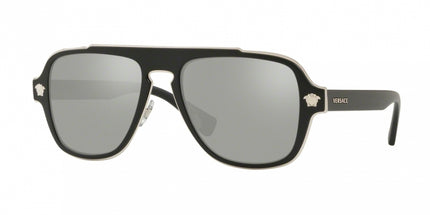Pain Associated with Stye and How to Treat it!

Whether you wear eyeglasses or not, a stye is an eye condition that can happen to anyone. A stye includes a red, painful bump on the margins of the eyelids. You will have to visit an oculoplastic surgeon who specializes in eye conditions. Depending on the severity of your condition, the specialist will treat you and recommend if you should wear glasses or lenses.
Stye: What is it?
At least once in your life, you may have experienced a red bump or pimple on your eyelid. Just like pimples, styes are painful and can be aesthetically unpleasing. The main reason why stye occurs is because of inflamed or clogged oil glands.
Yes, eyes also have oil glands that keep the eyes lubricated and lessen tear evaporation. If you don’t wear sunglasses or eyeglasses, debris or dirt from the environment can stick to your eyelids and eyelashes and clog these oil glands.
If a bacteria (most commonly staphylococcus aureus) infiltrates these oil glands, it can cause a hordeolum infection. Each of your upper eyelids contains 50 oil glands, while the lower eyelids have 25.
Depending on how clogged these glands are, the number of styes on each eye can be multiple. If dirt or skin debris falls onto the surface of your eyes, it can cause irritation, redness, itchiness, light sensitivity, and a sensation of an object poking your eye.
Are Styes Contagious?
Typically, styes aren’t real infections. This means that they aren’t contagious. Direct exposure can’t spread styes. Keeping your hands clean can also lower the chances of contracting a stye, as dirty hands can spread ‘bad’ bacteria that can affect the eyelids. Moreover, cleaning your eyes daily can quickly heal an already-formed stye or prevent it from occurring.
How Should I Treat a Stye?
Generally, styes take a week or two to disappear on their own. However, in some cases, you may need a doctor’s assistance. These cases include:
- Pain
- Redness
- Vision loss
- Sensitivity to light
1. Warm Compress
Warm compresses can alleviate the pain caused by styes. With warm compressions, the clogged oil glands melt, soothing the eyelid and speeding up the time the stye takes to drain. If you don’t like the traditional method of warm compressions, you can buy a Bruder mask (an OTC warm compress) and heat it in the microwave.
Alternatively, you can use a warm towel or a clean sock filled with rice and microwave it for warm compression. Hold the warm object onto your eye for at least ten to fifteen minutes and massage the eyelid.
Do this three to five times a day but ensure that you use a clean towel or sock every time. Even when the stye disappears, use this method for a few more days to prevent the stye from returning.
2. Clean Your Eyelids Daily
Use warm soapy water and dunk a washcloth or towel in it. Use this mixture to gently clean your eyelids and remove the debris or dirt coating the eyelashes. You can also use wipes specialized to clean eyelids.
3. Using NSAID
Using NSAIDs (non-steroidal anti-inflammatory drugs) like ibuprofen, naproxen, or aspirin can relieve the pain that stye causes.
4. Antibiotics
Depending on the severity of your stye, the eye specialist may prescribe eye drops or antibiotic ointment to clear bacteria or unclog the clogged oil glands. These anti-inflammatory drops can help reduce the swelling, redness, and itch you may experience.
5. Steroid Shots
If your stye case is more severe and painful, your eye specialist may recommend a steroid injection to lessen the swelling around the eyelid. Mostly, doctors recommend Triamcinolone steroid.
6. Surgery
Styes typically take a week or two to drain on their own. However, some styes may take months. In such cases, scar tissues develop and may require surgery to dissolve the stye completely. Your eye doctor will check if you require surgery or not. Usually, these surgeries only require a small incision on the underside of the eyelid to drain the stye.
Should I Wear Contact Lenses with a Stye?
You should avoid wearing lenses if you develop a stye. Lenses need moisture to work properly, and stye can quickly dry out the eyes. This can result in redness, pain, and even your lenses getting infected with bacteria.
Conclusion
It is okay to wear eyeglasses as these glasses will help prevent debris or dirt from accumulating in your eye. Also, clean your eyes daily to prevent contracting styes and help an already-present stye recover quickly. You can use our recommended methods to get rid of a stye quickly.
















 Back to Blog Page
Back to Blog Page









